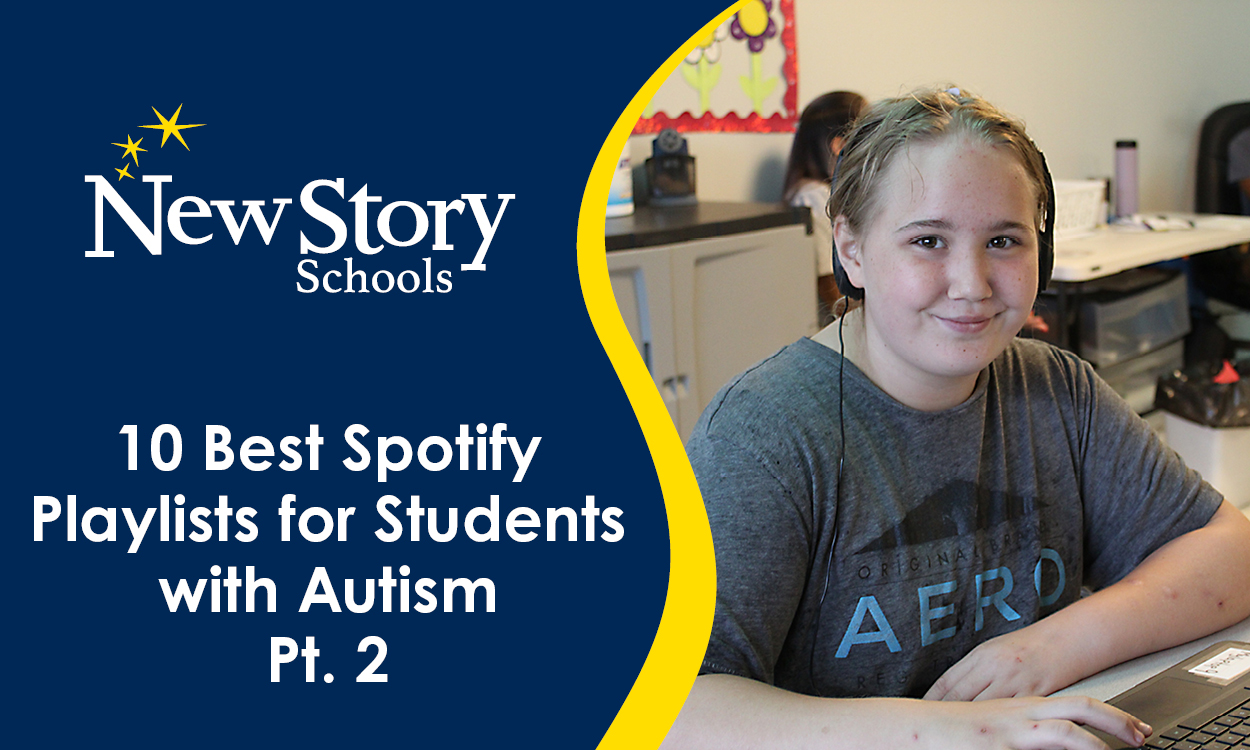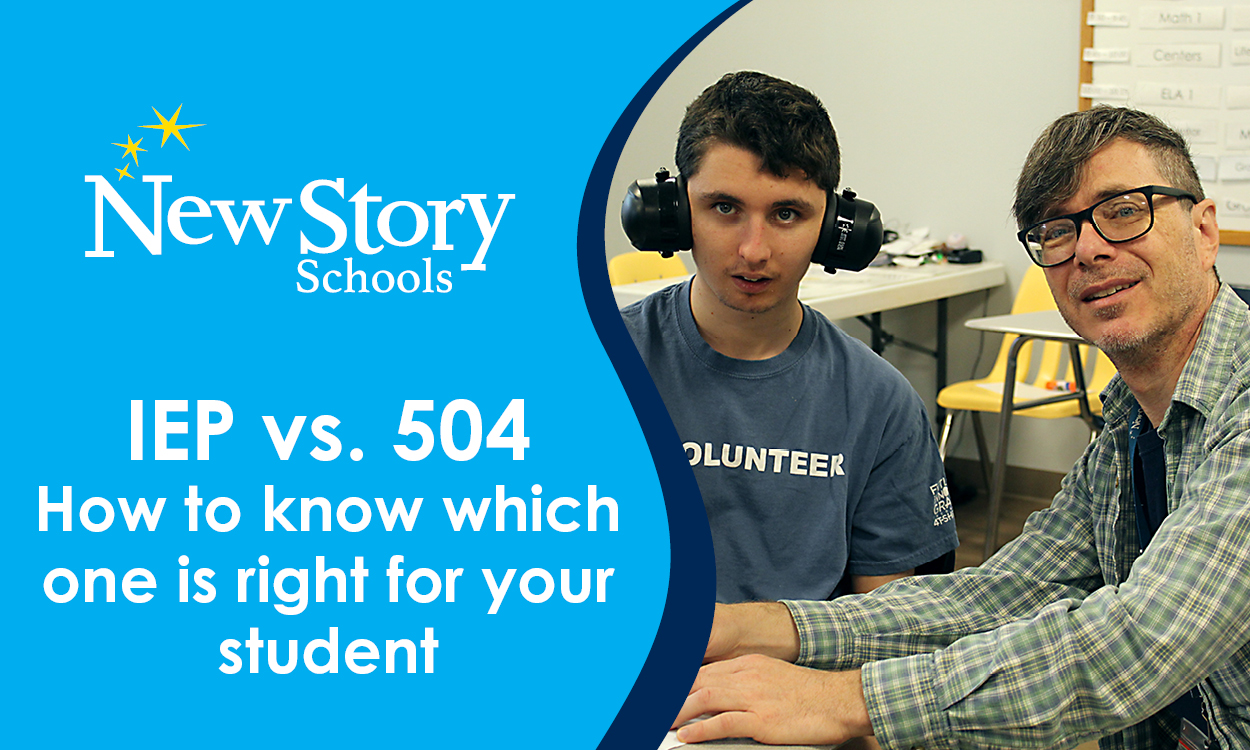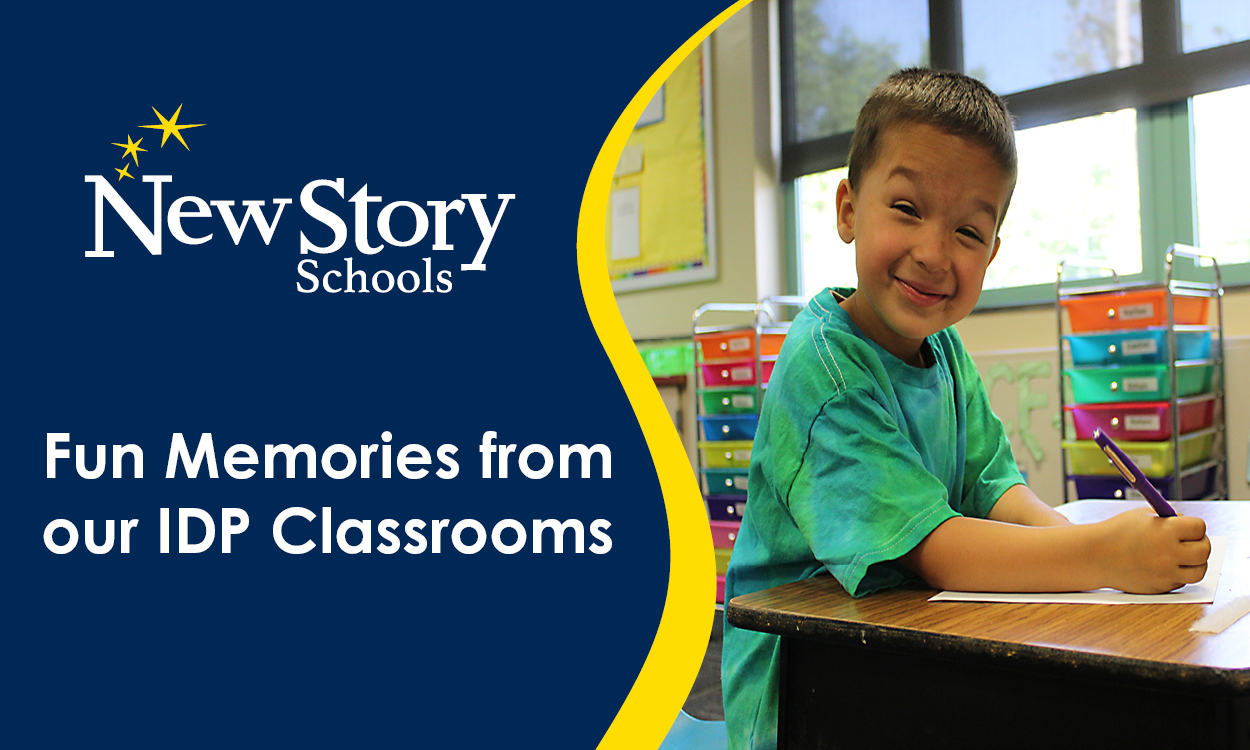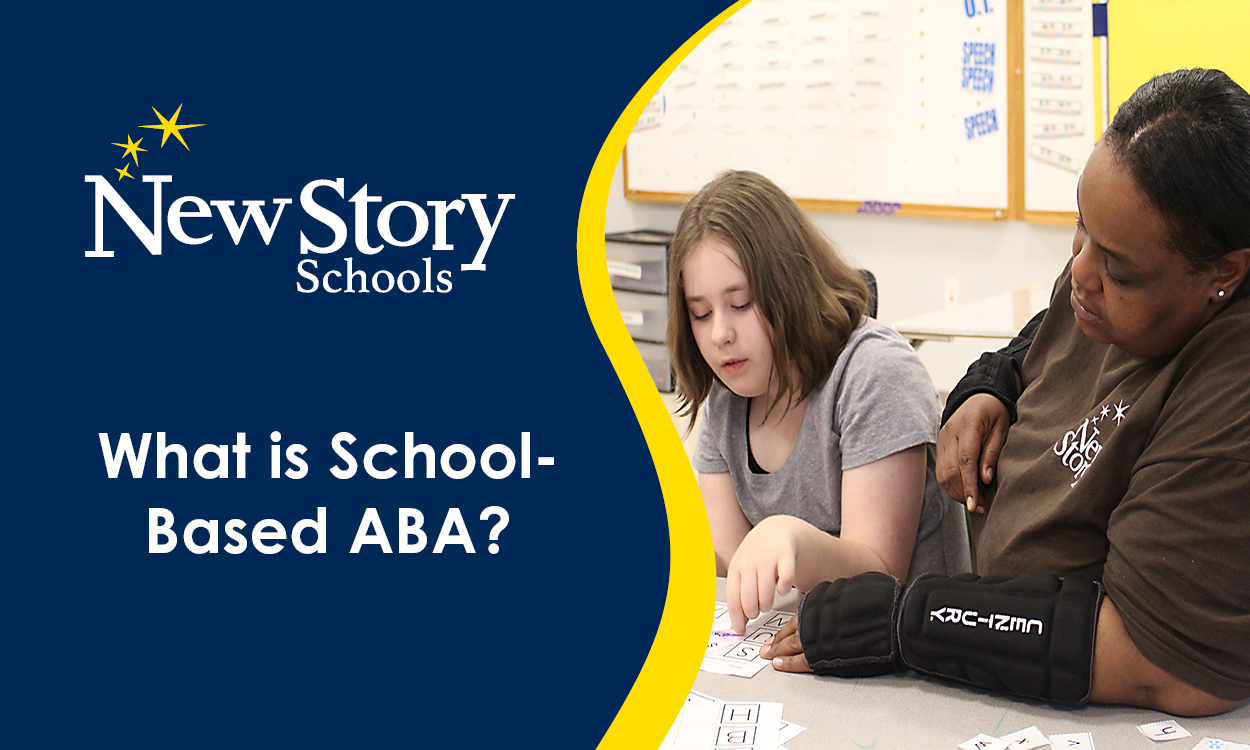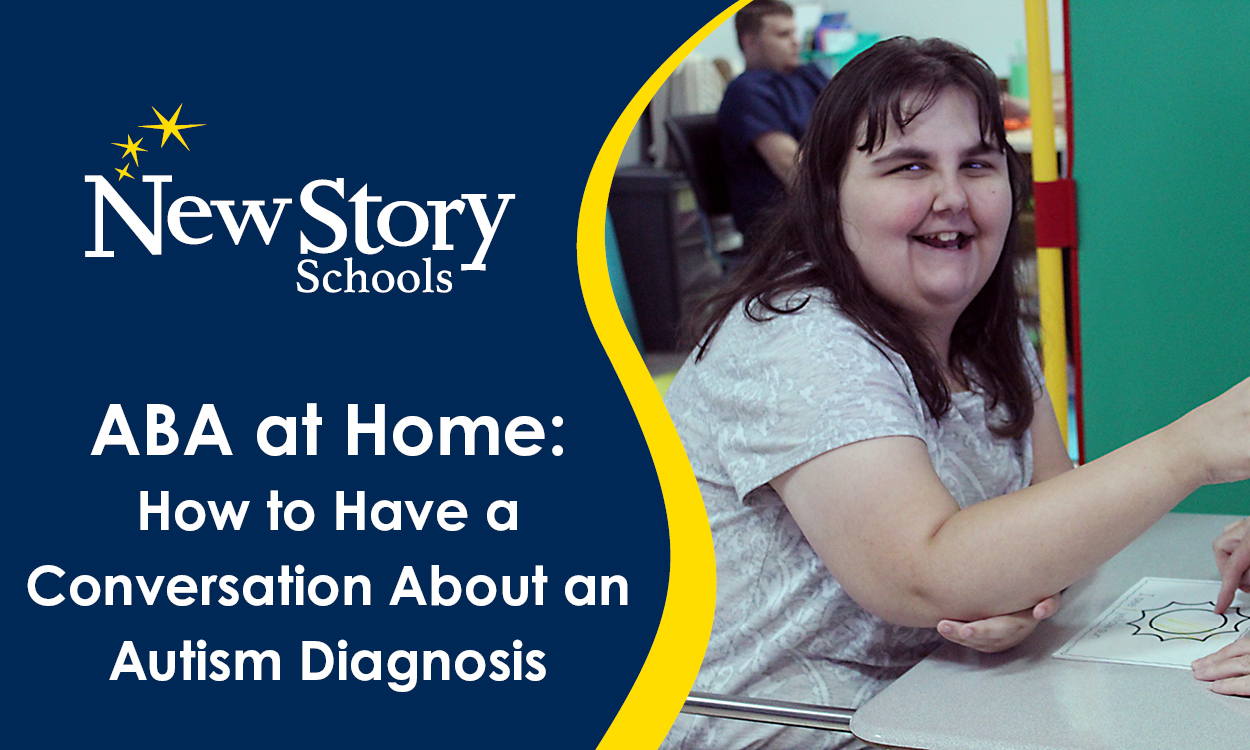Data-Driven Special Education Decisions
Posted: September 09, 2024 | Written By: Dr. Jill Blanchard | Category: Special Education Teaching
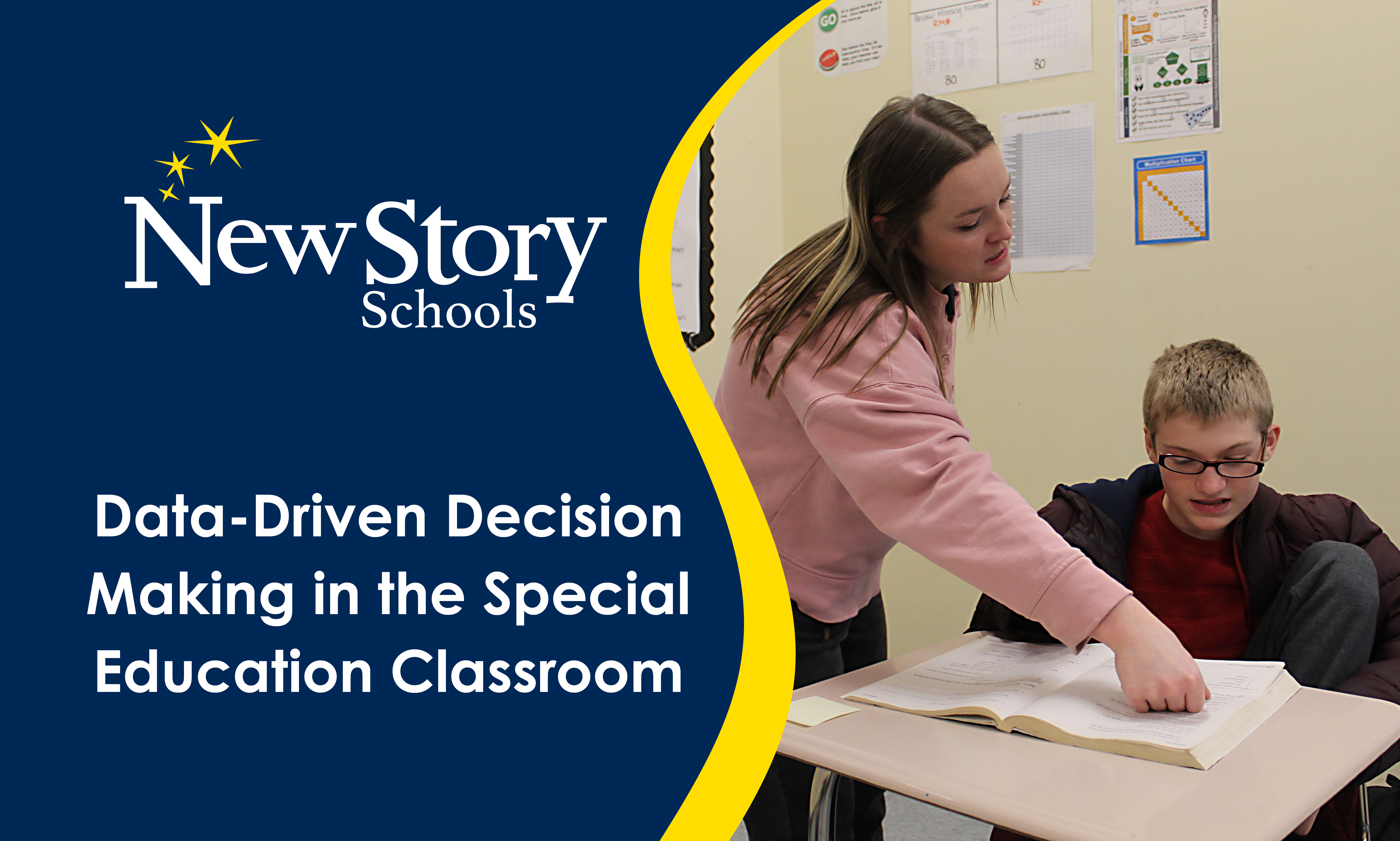
Formative and summative assessments are crucial tools that each play distinct roles in the classroom. By understanding and applying both formative and summative assessments effectively, teachers can create a more responsive and supportive learning environment, ultimately leading to greater student success.
Formative vs. Summative Assessments
Formative Assessments are ongoing evaluations that occur during the learning process. These assessments are designed to provide feedback that can guide both teaching and learning. Formative assessments happen before or during instruction and focus on assessment for learning.
Key Characteristics of Formative Assessments:
Timing: Occur before or during instruction.
Purpose: Assessment for learning.
Feedback: Descriptive and central to the process.
Nature: Continuous and informal.
Impact: High impact on learning, guides instruction.
Examples include classroom polls, quick quizzes, peer reviews, and observational assessments. These methods allow teachers to gauge understanding in real-time and adjust their instruction accordingly. Formative assessments are about checking in with students regularly to ensure they grasp the material and can apply it.
On the other hand, Summative Assessments are typically administered at the end of a learning period to evaluate whether students have mastered the material. These assessments of learning are used primarily for the teacher’s benefit to measure student achievement.
Key Characteristics of Summative Assessments:
Timing: Occur after instruction.
Purpose: Assessment of learning.
Feedback: Evaluative and often less immediate.
Nature: Periodic and formal.
Impact: Limited positive impact on learning; may be used diagnostically.
Examples include unit tests, final exams, standardized tests, and state assessments. Summative assessments are used to assign grades and make decisions about the student’s progression, but they do not provide the immediate feedback that formative assessments do.
The Power of Data in the Classroom
Effective teaching involves not just collecting data but understanding how to use it. Educators should remember that students are more than just test scores. Formative assessments provide insights into a student’s ongoing understanding and can highlight areas where additional support is needed.
Here are some strategies for utilizing data effectively:
Observation: Regularly observe students to assess their performance and learning progress.
Student Feedback: Engage in conversations with students about their own perceived progress. Students often have valuable insights into their learning journey.
Data Integration: Combine data from formative and summative assessments, observations, and student feedback to make informed instructional decisions.
Helpful Tips for Effective Use of Data
Create Data Files: Maintain individual data files for each student. Include assessment results and have students participate in updating these files to foster self-awareness.
Purposeful Grouping: Use data to group students strategically for collaborative activities and targeted instruction.
Track Progress: Help students chart their progress and set personalized learning goals.
Collaborate with Support Personnel: Share data with support staff to enhance additional resources and interventions for students.
Differentiate Instruction: Tailor your teaching strategies based on the collected data to meet diverse learning needs.
Helpful Resources:
If you’re looking for more ways to incorporate these techniques into your classroom, check out these helpful websites:
10 Fun-Filled Formative Assessment Ideas
10 Innovative Formative Assessment Examples
Tools for Formative Assessments
20 Simple Assessment Strategies You Can Use Every Day
Want to be notified of new articles and resources from New Story Schools? Submit your email and opt into our newsletter!


